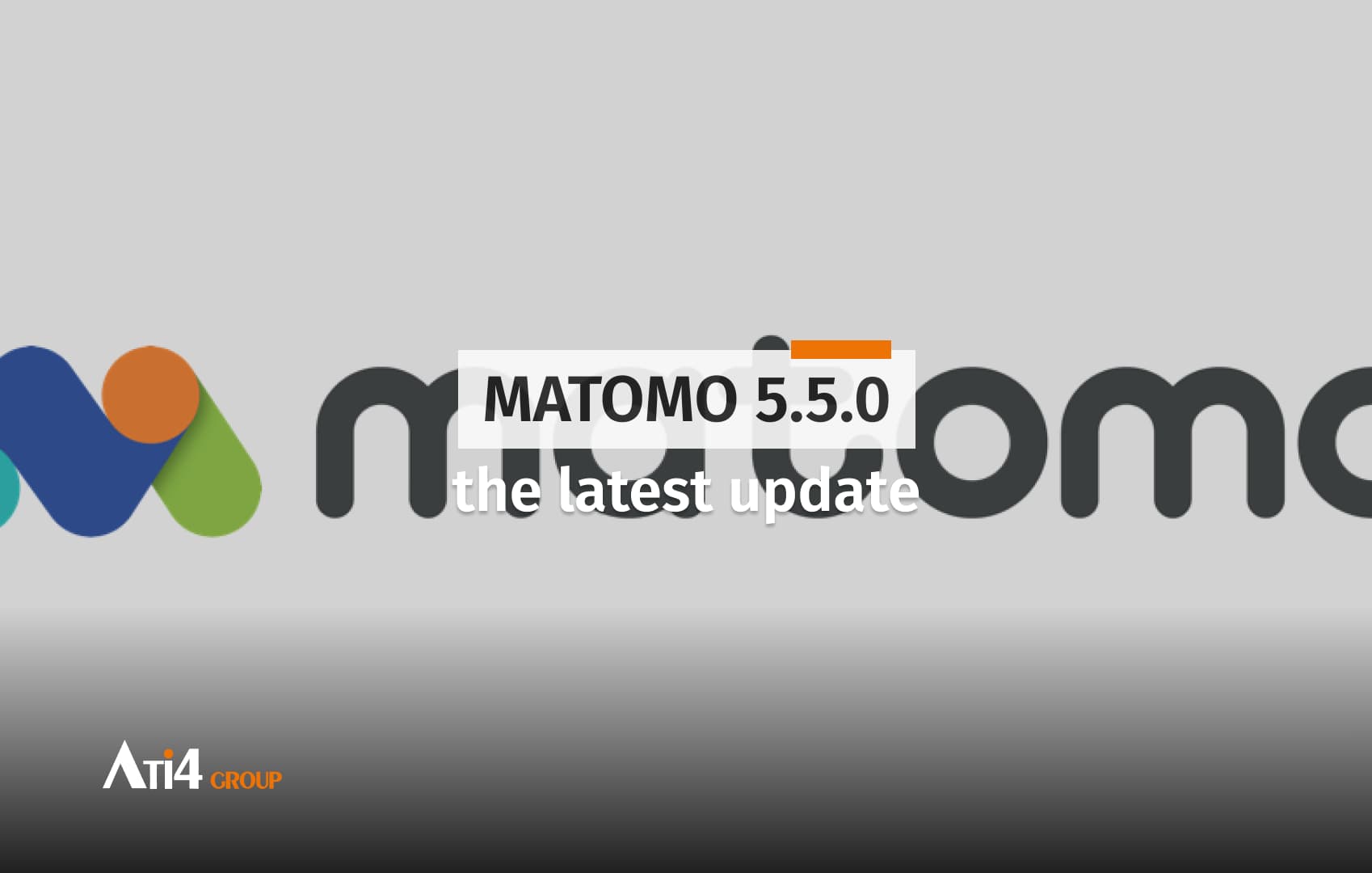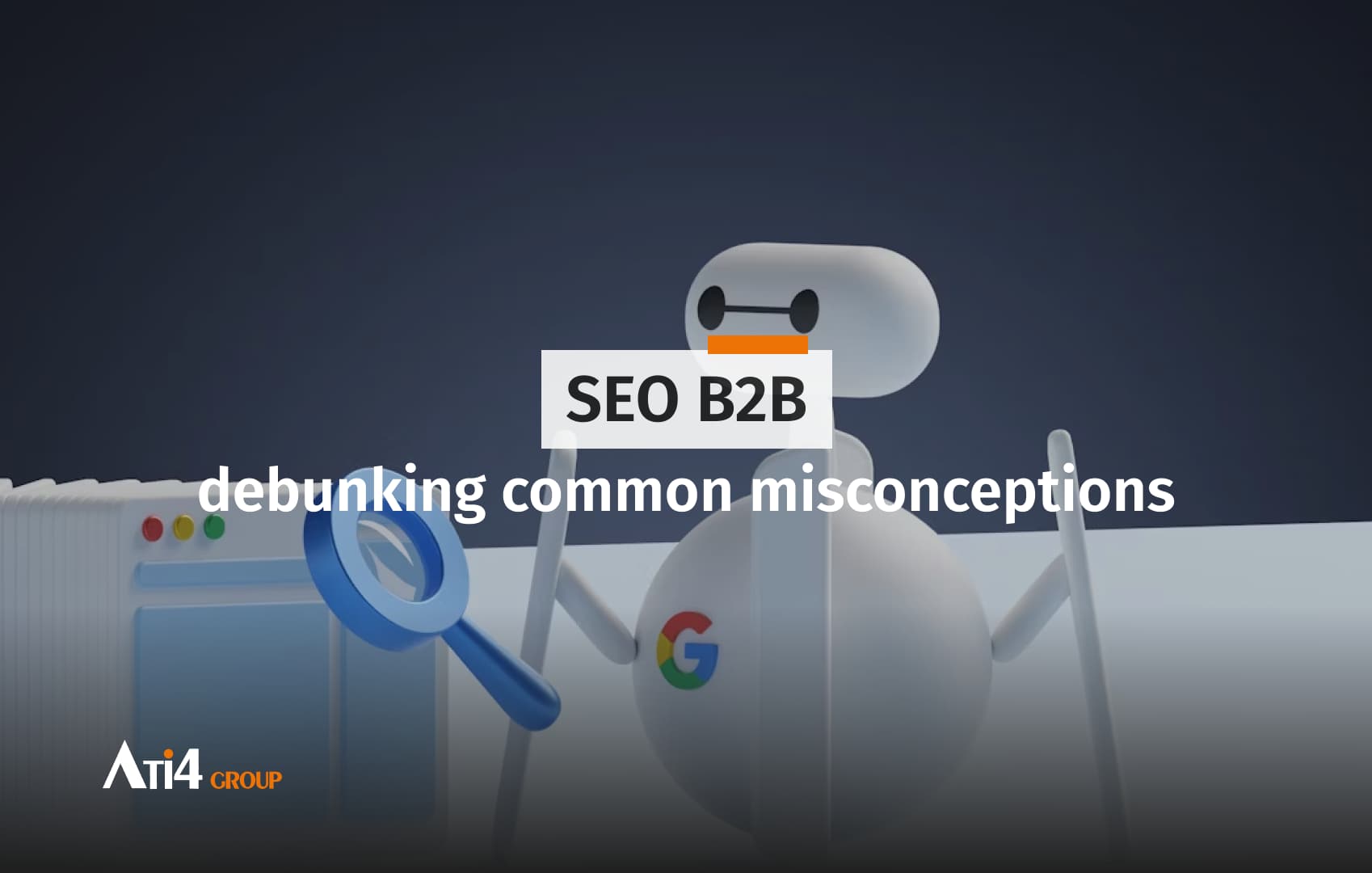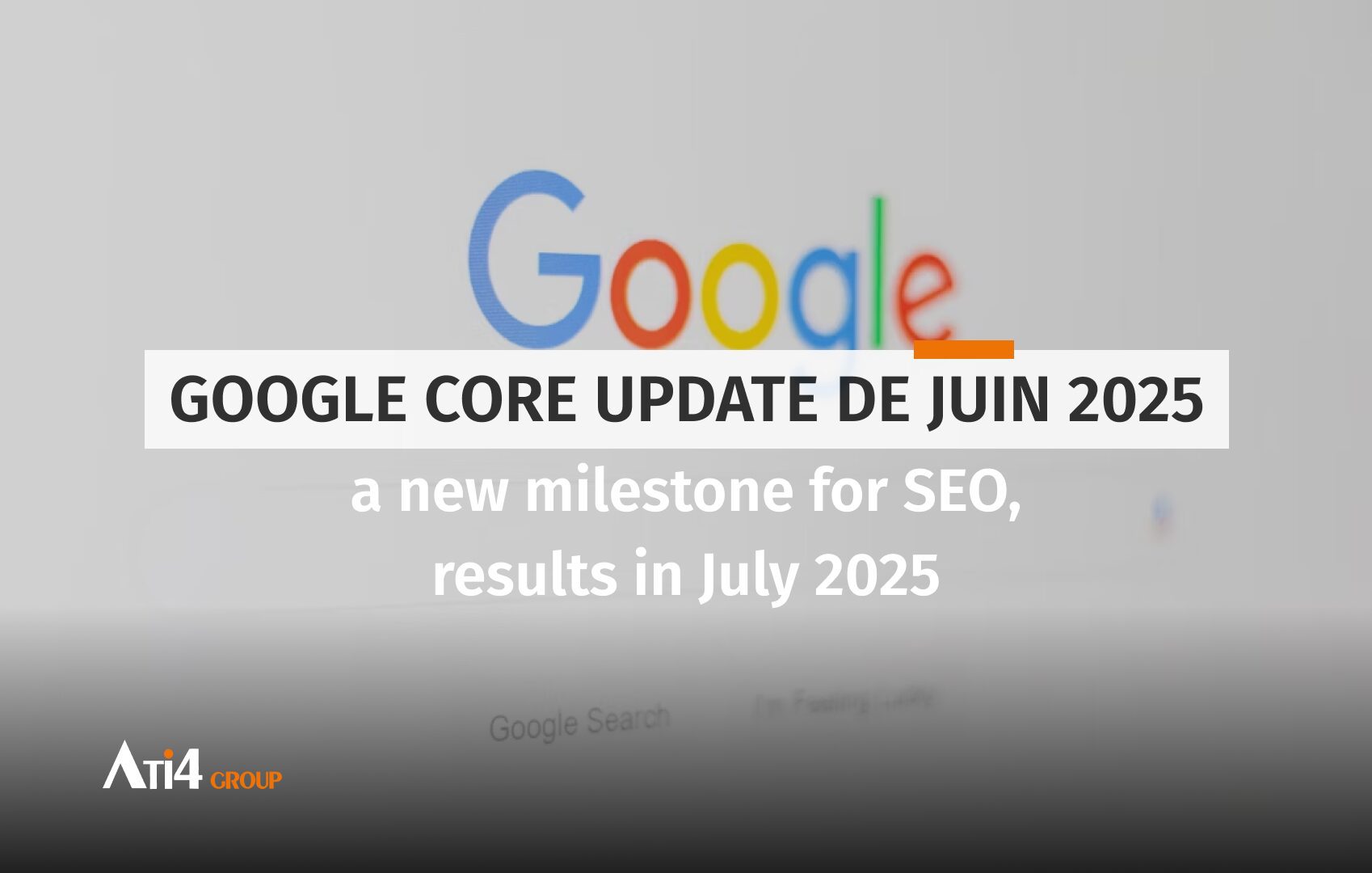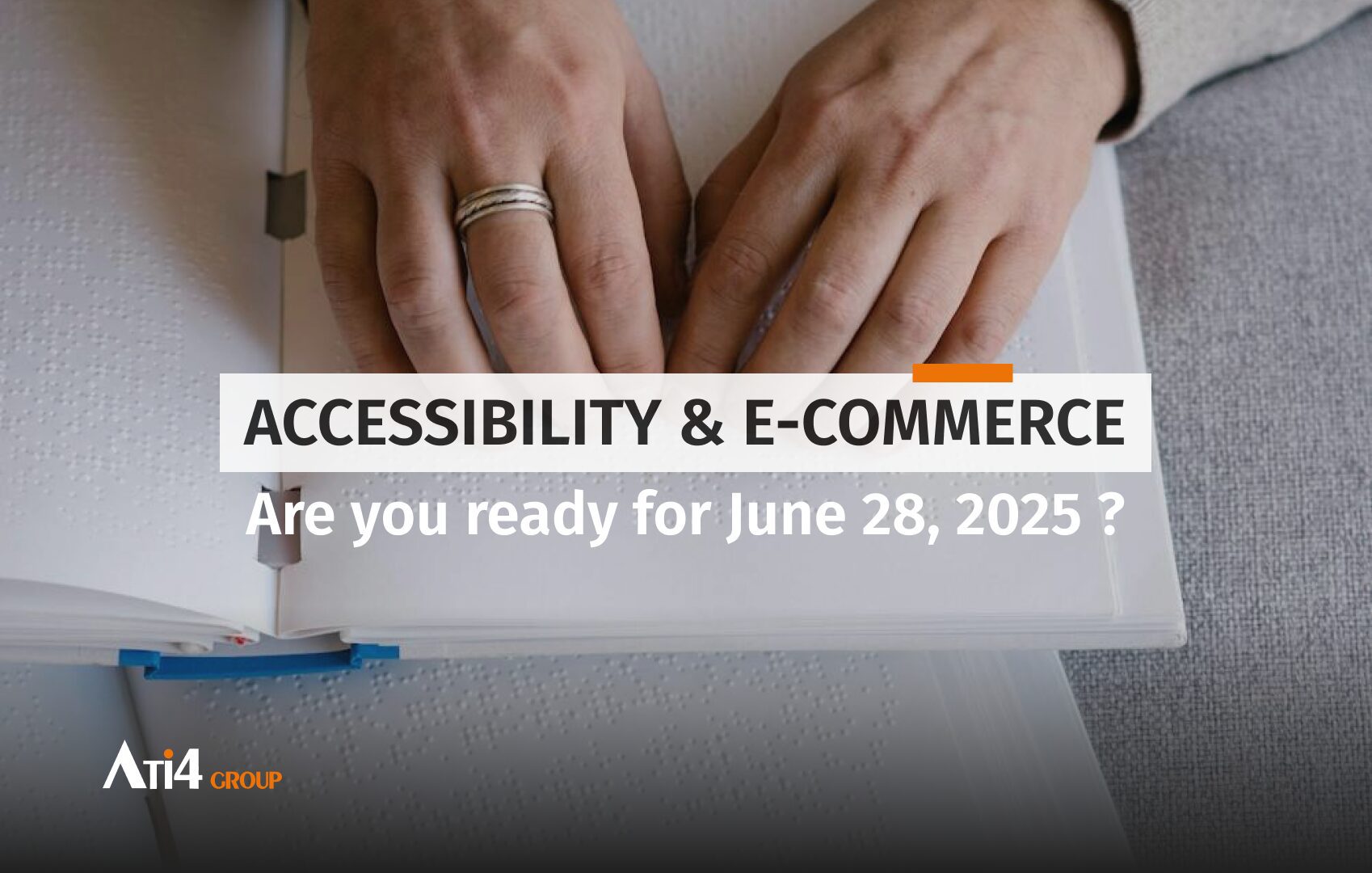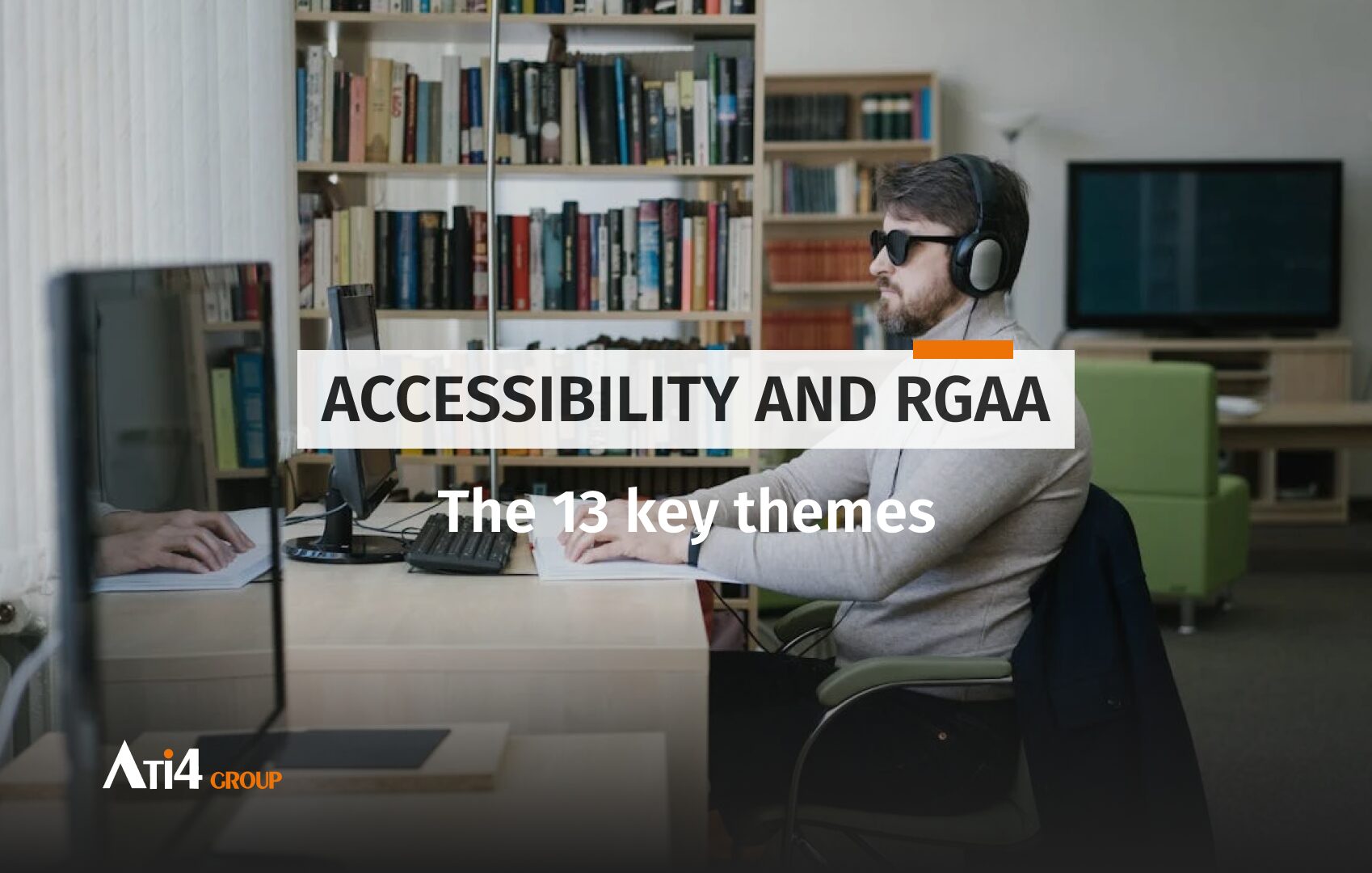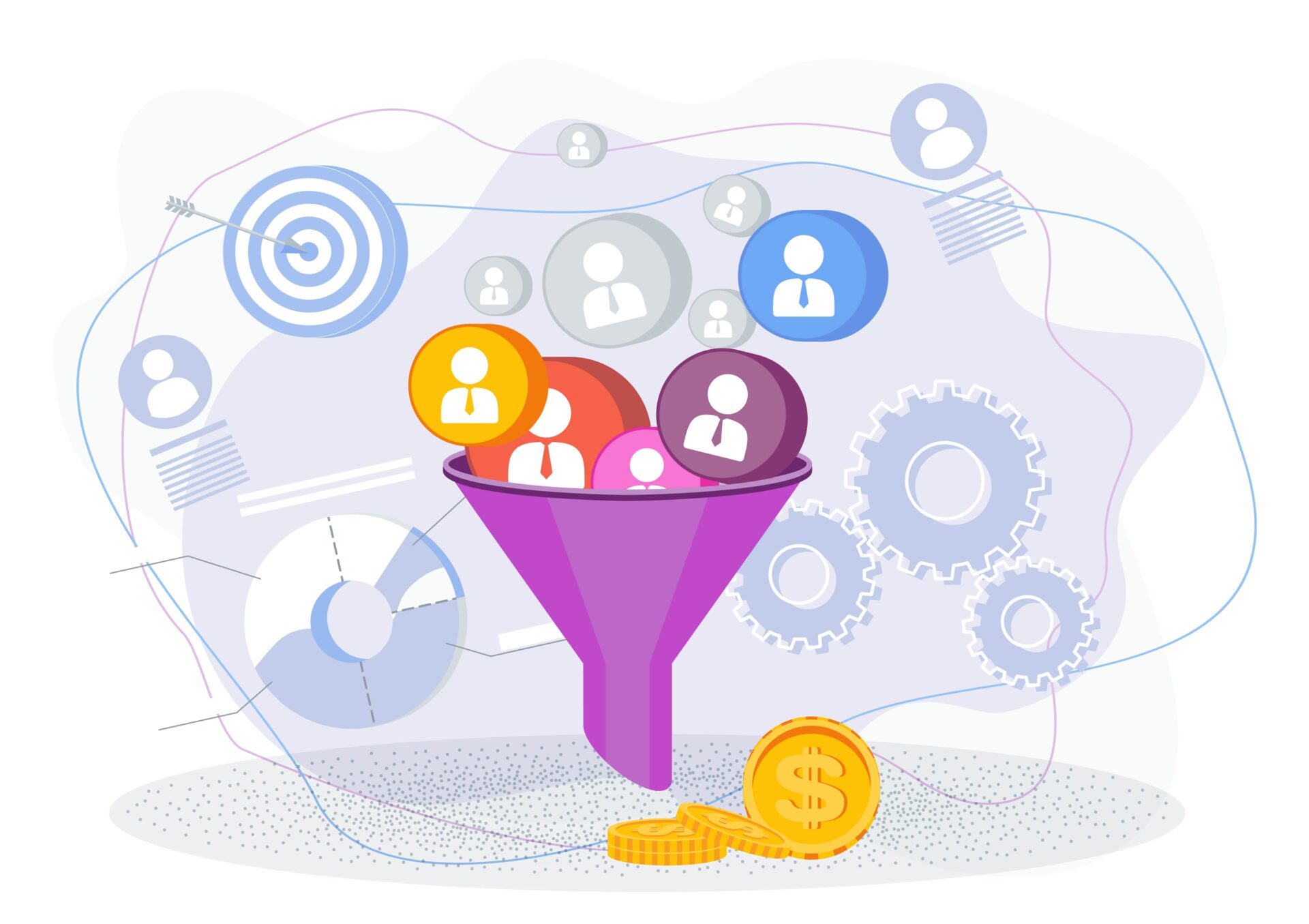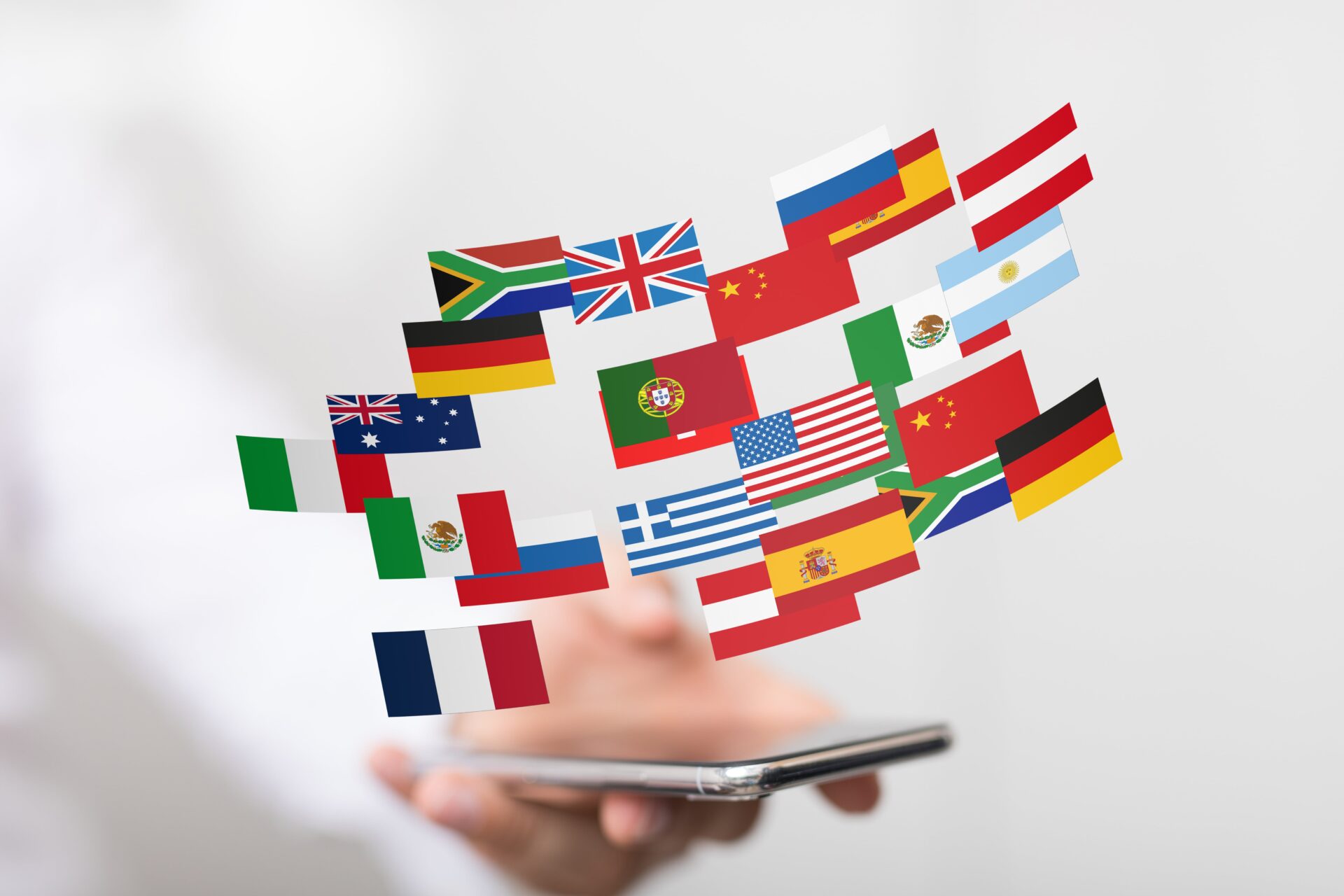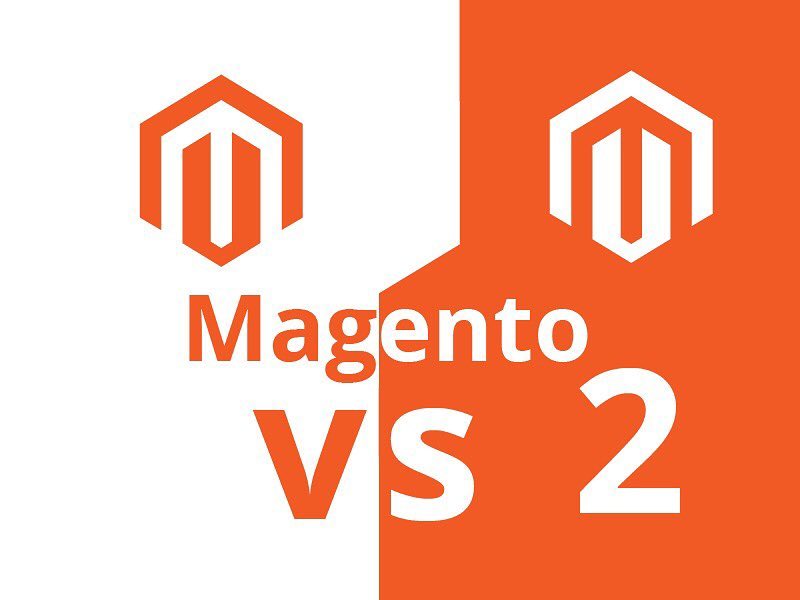RGAA: New accessibility rules coming in 2025
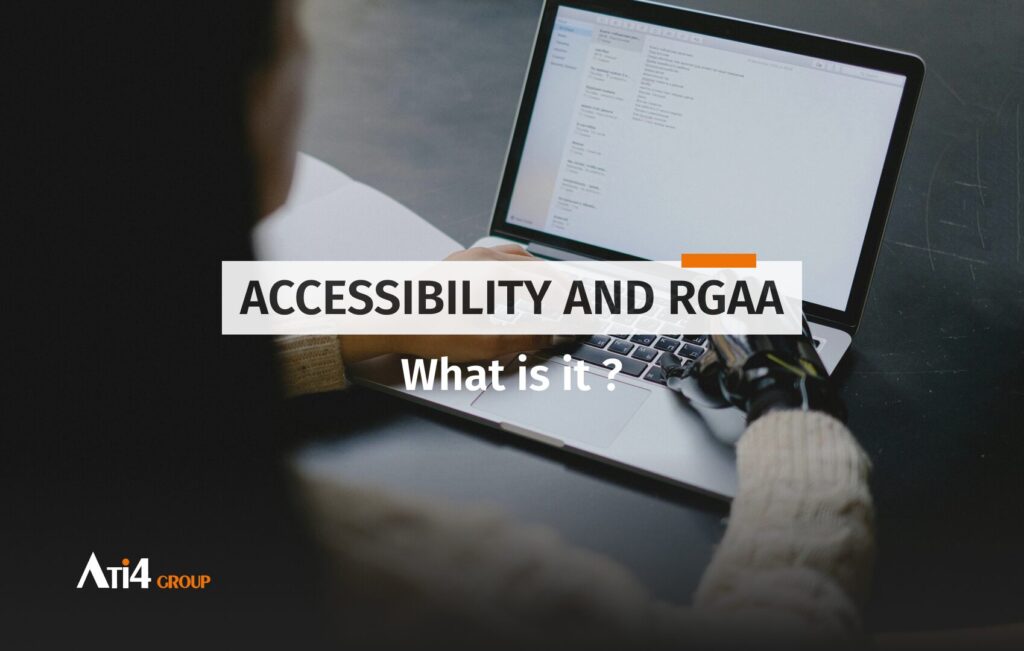
Agencies, software publishers, digital experts and all players in the digital space—you’ve likely heard the news. Starting June 28, 2025, all e-commerce services will be required to comply with new digital accessibility regulations.
Since 2011, all public websites operated by government services in France have been subject to accessibility requirements to ensure equal access for all citizens. But from June 28, 2025, the European Accessibility Act comes into effect—meaning private companies will also be legally bound to meet digital accessibility standards.
What is Digital Accessibility?
Digital accessibility refers to the design and development of digital products and services that can be used by everyone—including people with disabilities, whether physical, cognitive, sensory, or learning-related—across all digital products, services, and content, based on the principles of equality and non-discrimination. It’s not a new topic, but one that’s gaining increased attention this year, especially as it will be extended to new services starting June 28, 2025.
The concept of accessibility is rooted in universal design, which aims to create tools that are usable by everyone without the need for specific adaptations. Digital accessibility is based on regulatory standards, particularly those established in the European Union. Its goal is to enhance the user experience, which means it impacts every stage of designing a website, app, or other digital tools. These recommendations may include features like alt text for images, captions for videos, high color contrast, or adjustable font sizes.
Notably, the ordinance of September 6, 2023, amended the law of February 11, 2005 on equal rights and opportunities, participation, and citizenship for people with disabilities. It introduced Article 47-1, assigning ARCOM (the French media and communication regulator) the responsibility to ensure compliance with digital accessibility obligations. This includes websites, mobile apps, and intranet platforms.
In France, over 7 million people over the age of 15 are living with a disability, and seniors make up a quarter of the population. Ensuring digital accessibility is therefore essential to bridging the digital divide and guaranteeing equitable access to online services for all.
The General Accessibility Improvement Framework (RGAA)
The Interministerial Directorate for Digital Affairs (DINUM) has developed its own implementation framework to list all best practices aligned with the WCAG A and WCAG AA accessibility levels: this is the RGAA. Literally translated, RGAA stands for the General Accessibility Improvement Framework (in French), and it is built upon the criteria defined by the WCAG. It serves as the official set of technical guidelines that must be followed for a website to be considered sufficiently accessible under French law.
There are three levels of compliance:
- A (basic)
- AA (recommended standard)
- AAA (advanced, rarely required).
- These best practices are categorized under various themes—from navigation and color usage to information structure and mandatory elements. Each best practice is described in detail to make its practical implementation easier. As such, the RGAA provides a trusted framework for applying WCAG recommendations to build digital platforms that are accessible to as many people as possible.
The RGAA is built around four key areas:
- Design: Including color usage. For visually impaired or colorblind users, it’s crucial to provide alternative distinguishing elements—like shapes, numbers, or text. There must also be sufficient contrast between text and background for better readability.
- Functionality: This includes avoiding flashes or sudden brightness changes that can trigger seizures in some users, and limiting excessive animations that could hinder the site’s readability.
- Development: Users with visual impairments often zoom in to read text. It’s vital to ensure that zooming doesn’t cause text overlap and that all page elements remain legible.
- Content: Well-structured text, captioned videos, and text alternatives for images significantly enhance the experience for blind, visually impaired, or hearing-impaired individuals.
In addition to directly supporting users with disabilities, digital accessibility benefits all users. It improves interface clarity and makes it easier to access and understand content online. Beyond its functional value, digital accessibility is now a legal obligation for many businesses, with recent updates extending compliance requirements to an even broader range of organizations.
Why is it important?
Starting June 28, 2025, e-commerce site accessibility will become a legal requirement under the European Accessibility Act for products and services. But why does it really matter?
Digital accessibility isn’t just for people with disabilities — it improves the user experience for everyone. And businesses have every reason to prioritize accessibility: failing to do so means risking the loss of potential users and customers.
In 2022, 14.5 million people aged 15 and over (that’s 28% of this age group living at home in France) reported having at least one severe functional limitation. Improving user experience for everyone expands a product’s reach. Even more so because accessibility directly impacts SEO: Google favors websites that are accessible to all!
Too often, website designs and development tools aren’t originally built with accessibility in mind. Common examples include: poor color contrast that affects colorblind users, page structures that prevent braille browser navigation, images with no alternative text… In many cases, these issues can be easily corrected, significantly improving accessibility.
For example, someone with visual impairments might use:
- A screen reader: Software that reads aloud on-screen content, enabling users to navigate emails, text messages, and websites.
- A Braille display: Devices that convert text into Braille, often connected via Bluetooth or USB. While voice synthesis is more common today, Braille displays remain essential for privacy and accurate spelling.
However, users still face challenges with these technologies:
- Some websites and apps are not compatible with screen readers
- Poor design choices can render interfaces unusable (e.g., unlabelled buttons)
- App updates and redesigns can lead to regressions in accessibility
That’s why accessibility must be considered from start to finish, even for physical products that rely on digital interfaces.To be considered accessible in France, a site must meet 106 criteria defined in the RGAA (General Accessibility Improvement Framework), managed by the DINUM (Interministerial Directorate for Digital Affairs). These criteria are organized into 13 categories: images, colors, tables, forms, navigation, and more.
With the rise of digital technologies, accessibility has become a strategic priority for online businesses. The General Accessibility Improvement Framework (RGAA) sets out clear standards to ensure that websites and applications are usable by everyone. While digital accessibility is sometimes viewed as a regulatory constraint, it’s actually a powerful opportunity — to reach more users, improve customer experience, and boost your brand’s reputation. Stay tuned — in our next article, we’ll dive deeper into the details of this new regulation.
Find out what’s new at the company.
Because mixing fun and work is at the heart of our philosophy, we always try to make a special place for it in our business life.






